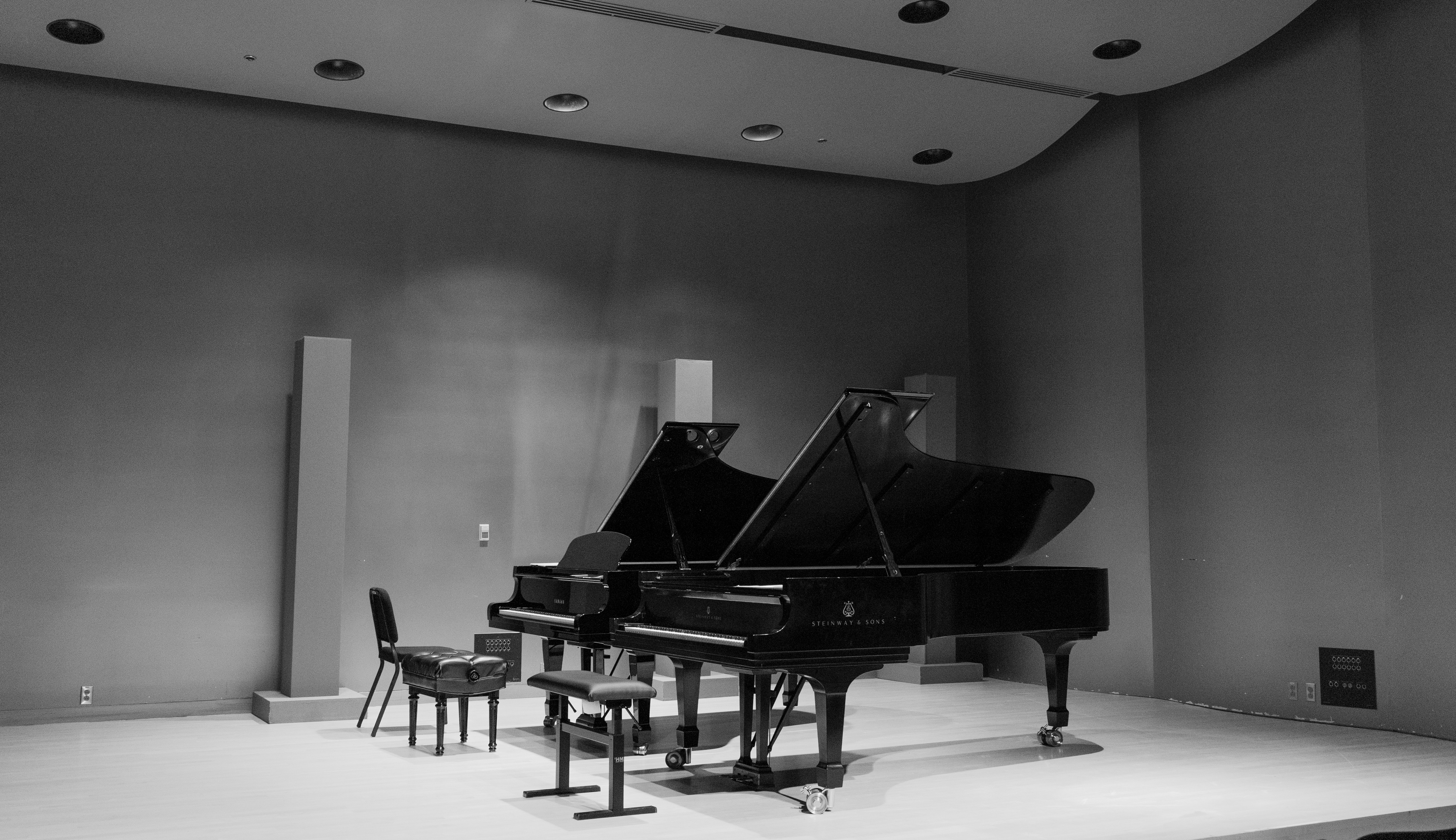
What is the Story Behind Rachmaninoff's Piano Concerto No. 3?
Sergei Rachmaninoff’s Piano Concerto No. 3 in D minor, Op. 30, famously known as "Rach 3," is a monumental work in the piano repertoire. After all, there’s a reason that celebrity pianists continue playing it, and that orchestras like the Philadelphia Orchestra and NY Philharmonic include it on programs. In this blog, we’ll discuss the concerto itself, how it came to be, and considerations for any pianist seeking to undertake this piece of music.
If you’d like more information about piano lessons Brooklyn with David Chang, or if you’d like to work with him online, please get in touch.
The Story Behind Rachmaninoff’s Piano Concerto #3
Rachmaninoff composed his third piano concerto in the summer of 1909, at his family's estate, Ivanovka. This period was a pivotal time in Rachmaninoff’s life, both personally and professionally. He was preparing for his first tour of the United States, a journey that would introduce him to new audiences and establish his international reputation. Conscious of the high expectations and the grandeur of the American concert scene, Rachmaninoff sought to create a work that would not only challenge his virtuosity but also captivate listeners with its emotional intensity and lyrical beauty.
Premiere and Initial Reception
The world premiere of the Piano Concerto No. 3 took place on November 28, 1909, with Rachmaninoff himself as the soloist and Walter Damrosch conducting the New York Symphony Society. The concerto's American debut came a few weeks later, with Rachmaninoff performing under the baton of Gustav Mahler. Despite these prestigious beginnings, the concerto received a mixed reception, with some critics overwhelmed by its complexity and length. It was only in the following decades, particularly after Vladimir Horowitz championed the piece, that the concerto gained widespread acclaim and secured its place as a titan of the piano repertoire.
Compositional Form and Romantic Style
Rachmaninoff’s Piano Concerto No. 3 adheres to the traditional three-movement structure but is deeply infused with the composer’s distinctive Romantic sensibilities. The first movement, Allegro ma non tanto, opens with a hauntingly beautiful theme that sets the stage for the concerto’s dramatic and emotional journey. This is followed by the Intermezzo: Adagio, a movement of lyrical introspection and rich harmonic landscapes. The concerto concludes with the Finale: Alla breve, a movement brimming with virtuosic passages and a triumphant return to the themes introduced in the first movement.
Despite being composed in 1909, well into the 20th century, Rachmaninoff's Piano Concerto No. 3 remains steadfast in its Romantic inclinations. Its expansive melodies, lush harmonies, and profound emotional expression are hallmarks of the Romantic era. Rachmaninoff, while contemporary to the burgeoning modernist movement, remained loyal to the Romantic ideals, pouring his soul into a work that speaks more of emotional depth than of the experimental tendencies of his time.
Technical Challenges of the Concerto
The technical demands of Rachmaninoff’s Piano Concerto No. 3 are legendary. It is considered one of the most challenging concertos in the standard piano repertoire, requiring not only exceptional technical prowess but also immense physical endurance and emotional depth from the performer. The concerto’s challenges are manifold:
Virtuosic Demands of the Concerto
The piece is replete with rapid fingerwork, large chordal passages, and intricate runs that span the entirety of the keyboard. These elements demand a combination of precision, agility, and strength.
Endurance is Required
The concerto's length and unrelenting intensity require pianists to maintain a high level of physical and mental stamina throughout the performance.
Emotional Expression From the Pianist
Beyond the technical acrobatics, the concerto demands profound emotional expression. The soloist must navigate the nuances of Rachmaninoff’s Romanticism, conveying the depth of feeling in each phrase.
Working With an Orchestra
The pianist’s role in this concerto is not merely as a soloist but as an integral part of the orchestral tapestry. This requires a deep understanding of the work’s structure and an ability to blend with and stand out from the orchestra as the music demands.
Legacy and Influence of the “Rach 3”
What more needs to be said, other than that pianists like Martha Argerich, Yuja Wang, Lang Lang, and so many others continue to practice it and share it with audiences. College and conservatory students learn it for audiences, and enthusiasts still stream the piece on Spotify and listen to records and CDs.
If you’d like to start learning the Rach 3, contact David Chang for piano lessons in NYC or across the nation online. He would love to hear from you.





